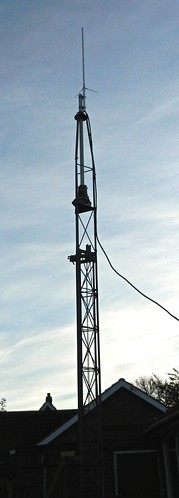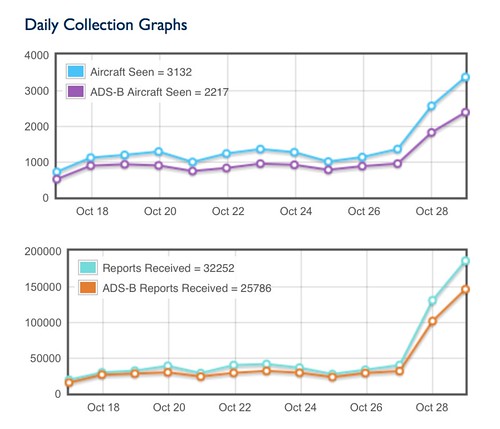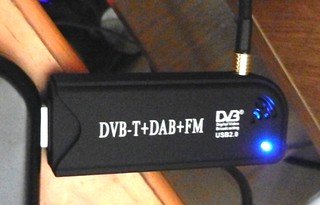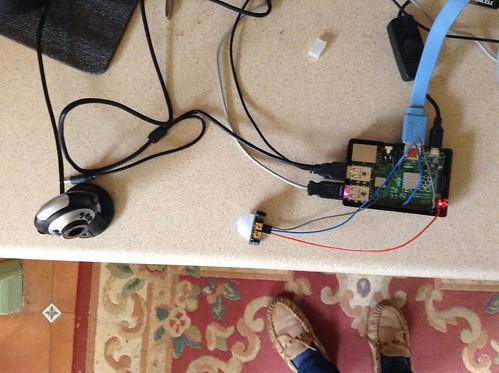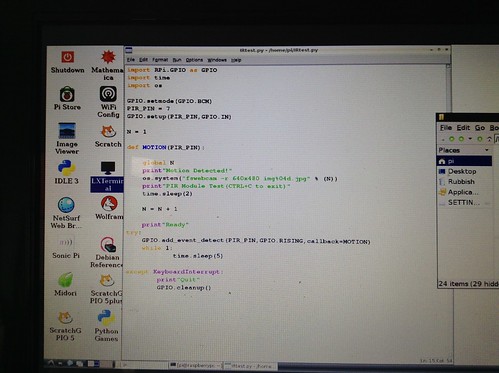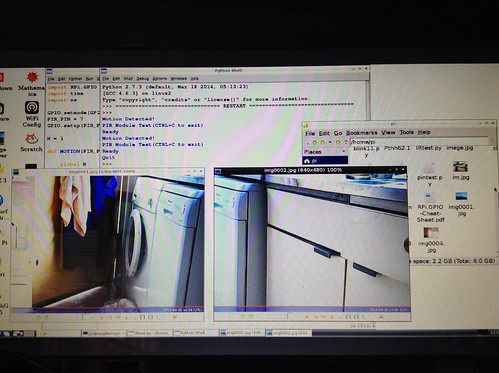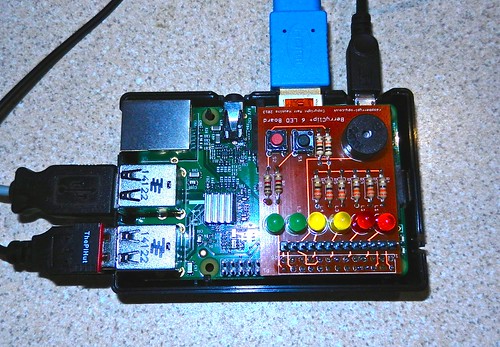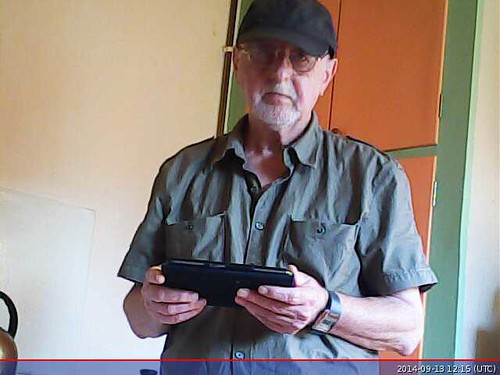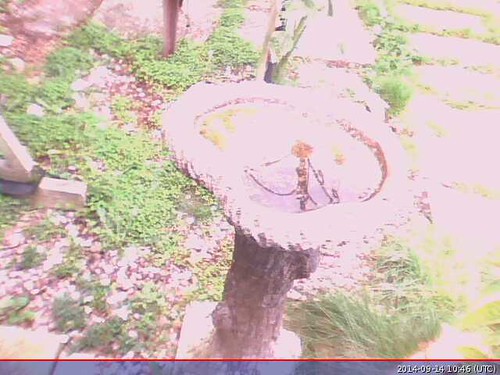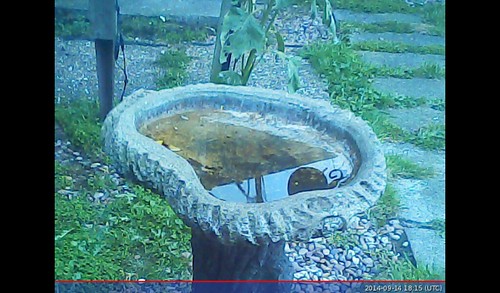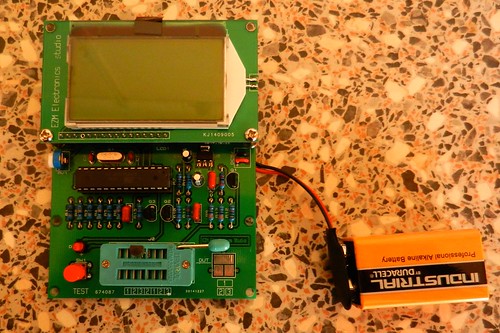
Lift the lever of the ZIF (zero insertion force) socket, put a transistor in three holes, push the lever back down to clamp the leads and press the red Test button. Make sure the transistor goes in holes marked 1, 2 & 3. Any set will do.
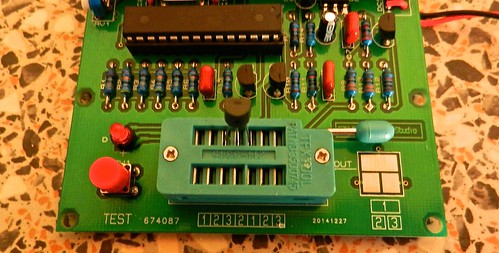
First the display shows the battery voltage and says it is testing.
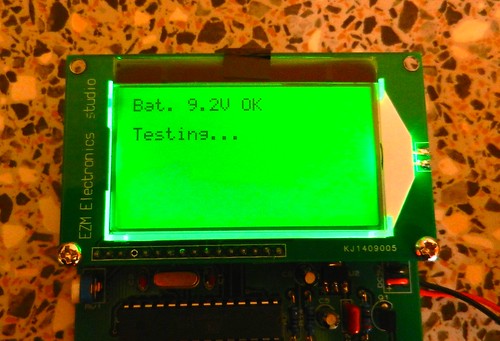
Then once it has worked out which way round the transistor is and what type it is the display changes to show that information, along with gain and a couple of other parameters I haven't sussed out yet. It won't give a transistor number but knowing which type it is and which pin is which is a great boon. Better than a pile of unidentified transistors.


It will also test resistors:
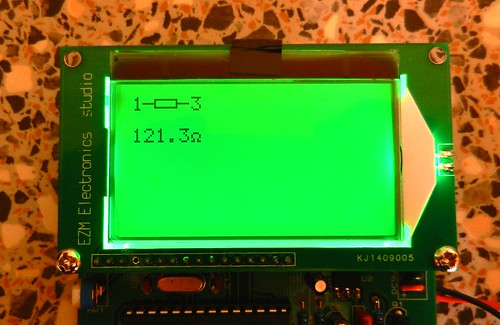
diodes, including LEDs:
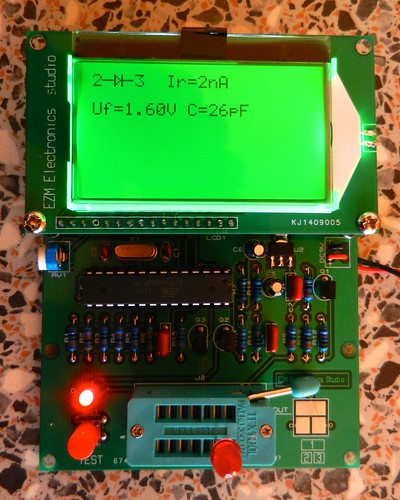
and also capacitors, which I haven't tried as yet. The listings stress that capacitors must be discharged before testing otherwise the tester could be damaged. On this quick test of it I am impressed, well satisfied with the investment and will find it very useful around the shack.

